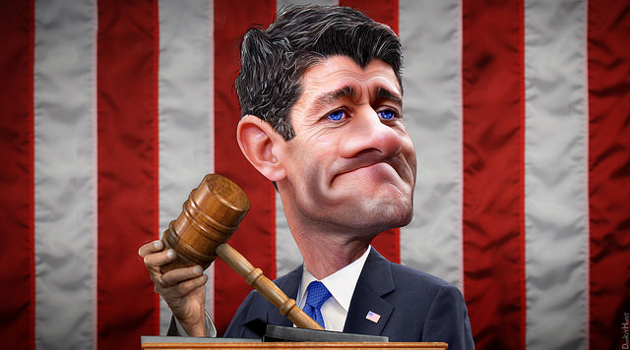This article originally appeared on The Daily Caller on November 18, 2016.
Donald Trump’s unexpected victory, combined with a very good election for House and Senate Republicans, has dramatically improved the odds of meaningful tax reform. And there already are serious proposals on the table. Trump issued a plan as part of his campaign, so that presumably will be seen as a starting point. But legislators are also likely to draw heavily on the plan put forward earlier this year from House Speaker Paul Ryan and Ways and Means Chairman Kevin Brady as they work out the legislative details for a tax overhaul.
While these two plans share many common characteristics and goals, such as lower tax rates and less double taxation, they are not identical. The House blueprint, for instance, includes a controversial provision for a “border-adjustable” corporate tax system. More specifically, supporters want to turn the corporate tax into a destination-based cash flow tax (DBCFT), which means the blueprint exempts export-generated income from taxation (in other words, any tax on such income is forgiven) and doesn’t allow any deduction for the cost of imported inputs (which is the same as taxing them).
This is controversial since industries that rely on imports will see their tax burdens increase, which will be passed onto consumers in the form of higher prices. But that’s just part of the problem. The DBCFT is similar to European-style value-added taxes (VAT), except that it allows for the deduction of payroll expenditures. That difference is good, of course, since a full VAT would be a green light for European levels of government spending.
But the proposal, in its current form, is likely to be challenged at the World Trade Organization because most experts believe that border adjustability is limited to VATs. Which raises the danger that the DBCFT simply would be turned into a VAT when that happens.
That would be very bad for those who care about restraining the growth of government.
Because the VAT is such an “efficient” revenue source, governments which impose the tax tend to rapidly grow in size. Even if the DBCFT isn’t forced by the WTO into becoming a VAT, it poses the same problem going forward. Republicans can trade lower rates for it today, but they can’t prevent a future Congress from raising those rates right back up. Its potential as a revenue machine is simply too tantalizing for politicians to resist.
Competitive incentives that keep politicians in check are also in jeopardy. Before finding its way into congressional tax reform plans, the DBCFT gained popularity among left-leaning academics. Chief among the features they find admire is that insulation it provides for politicians from the pressures of international tax competition.
Right now, individuals and companies which object to excessive tax rates can relocate to jurisdictions with more competitive regimes. This imposes a certain amount of fiscal discipline on politicians who typically would prefer to have none. But there is no escaping the DBCFT no matter how bad it gets without losing access to the U.S. market. Politicians could hike its rates much higher—which get passed on to consumers—without their tax base fleeing. And if they can do it, you know they will.
A comprehensive package of pro-growth tax reforms would go a long way toward putting the economy on the right track. It would also ease the burdens on the millions of Americans feeling squeezed financially. But Republicans should be careful not to include a trojan horse for bigger government that would make it all too easy for the next Congress to undo their hard work.

